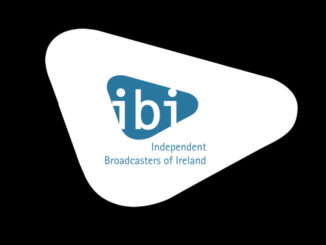
Claudia Boyle to host weekends on RTÉ lyric fm
Opera singer Claudia Boyle is the new host of Weekend Classics on RTÉ lyric fm.
The permanent move comes following recent cover work on the station by Claudia.
Weekend Classics with Claudia Boyle will air on Saturdays from 4-6.30pm and on Sundays 4-6pm starting this weekend.
Ahead of taking over as host of the new show, Claudia Boyle said: “I’m delighted to be taking over the reins on the weekend afternoons for lyric fm.
“Connecting and communicating through music is already a huge part of what I do and love, so this is a welcome, natural and exciting new venture and I can’t wait. Sharing and discovering music with the loyal lyric fm listeners is what I’m looking forward to most.
“There’ll definitely be divas (excluding myself!), lots of classical favourites and much-loved melodies. Sharing stories with plenty of laughter along the way will help set you up for the perfect weekend.”
Head of RTÉ lyric fm, Sinéad Wylde added: “It’s a real delight to have internationally famous Claudia Boyle join us at weekends on RTÉ lyric fm with this new afternoon show Weekend Classics with Claudia Boyle.
“During the summer, Claudia stepped in as a presenter with us and listeners loved her. On stage she has a great ability to deeply connect with and move her audiences, she will no doubt bring this wonderful gift to presenting her new show on RTÉ lyric fm.” […]





